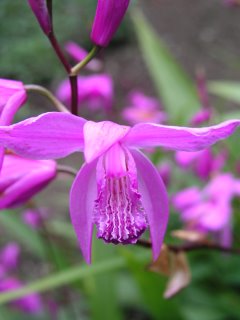Public help enlisted to survey native Scottish orchid
BBC news reported yesterday that the lesser butterfly orchid or Platanthera bifolia, a wild orchid common in Scotland even just a few years ago, is in decline. Currently, a "national search has begun ... to prevent its extinction ... Scottish Natural Heritage (SNH) is urging the public to take part in the survey, to help build a picture of where the delicate orchid still exists."





